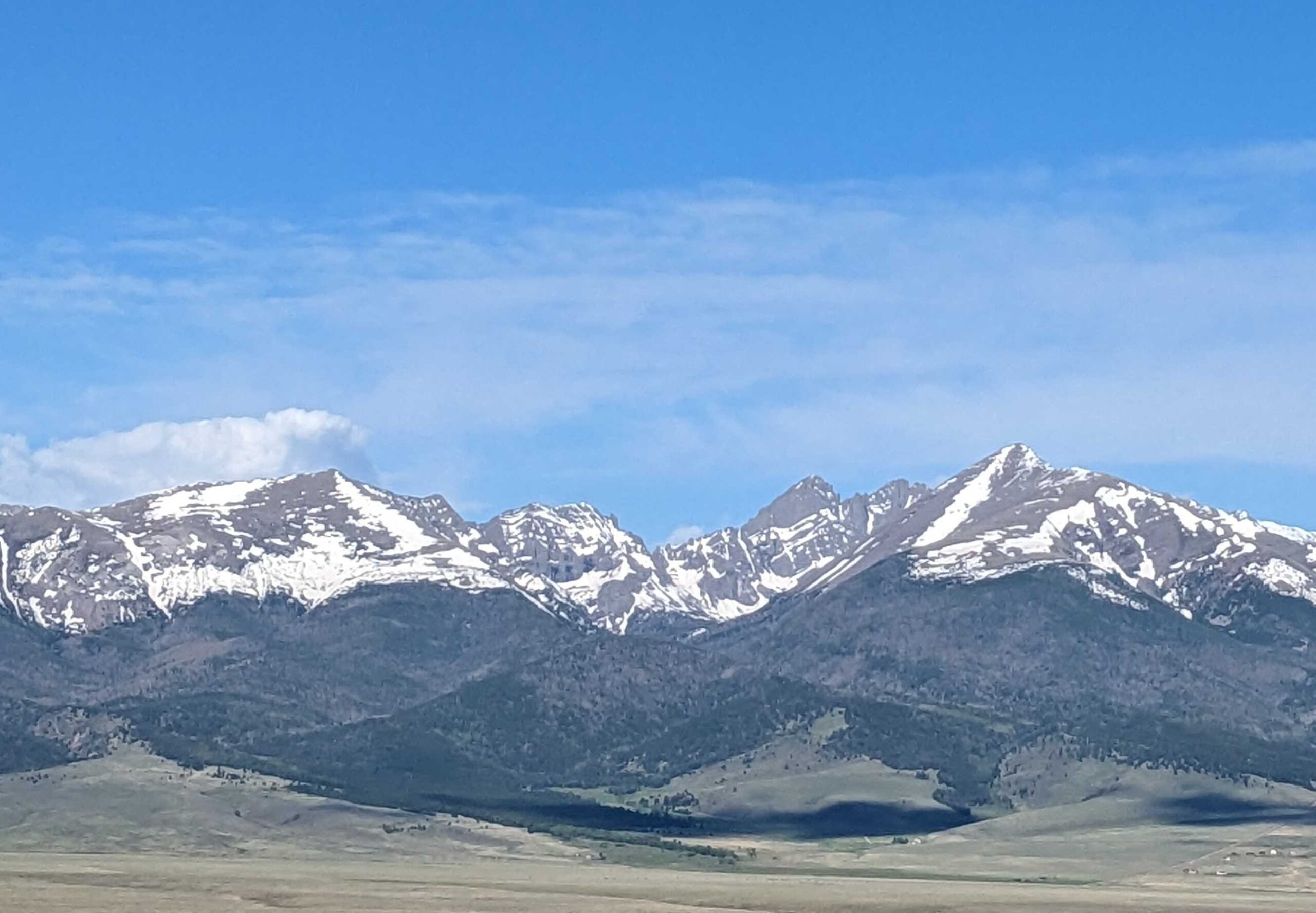
As of the end of May, the Arkansas River basin snowpack has fallen just a bit, but it's still at what's considered a normal level. Conditions were at 60 percent of normal during this same time last year. Elsewhere in the state, the Upper Rio Grande and the Colorado River basins show levels at 111 percent of normal and 140 percent of normal, respectively.
Brian Domonkos with the Colorado Snow Survey Program said those numbers bode well for the state's water supply, but they won't make a lasting dent in long-term drought conditions. He also cautioned that year-to-year comparisons can be subjective, as the calculations depend on where the snow has melted, and how fast.
"It's going to have to become more the norm to have these above normal snowpack and precipitation years for several years going forward to overcome a drought," he said. "And even still, the question still remains, 'will it help us get out of the drought?'"
Current readings show snowpack in southwestern Colorado at 188 percent in the San Juan/Dolores River basin and 237 percent for the Gunnison River. The South Platte River basin in the northeastern portion of the state is the only area where snowpack is currently below normal, at 84 percent as of May 31.
Recent data from the U.S. Drought Monitor showed a slight improvement in drought conditions for southeast Colorado. A report from the National Weather Service in Pueblo said soil moisture continues to improve across south-central and southeast Colorado, as well.
Domonkos said snowpack provides a vast majority of people in the West with water. Colorado is no exception.
"Between 50 and 80 percent of an annual year's precipitation actually accumulates as snowpack and then melts off in the spring and becomes our water supply," Domonkos said.
In the Arkansas River basin, water storage in reservoirs at the end of April came in at 95 percent of the median, similar to numbers recorded last year.
Domonkos said current predictions show the snowpack levels are expected to positively impact stream flows in the upper Arkansas River basin this year with projected runoff looking better than this time last year. Current stream flows are at or above normal across south-central and southeastern Colorado.
"These forecasts are reliant on future precipitation and that could still change for us this year," he said. "We could have below normal rain precipitation, which would then affect that runoff projection for this year."
Domonkos said stream flows along the eastern Sangre De Cristo mountains, which also feeds the Arkansas River basin, are not expected to be as good, with current readings showing 60 to 70 percent of normal.









